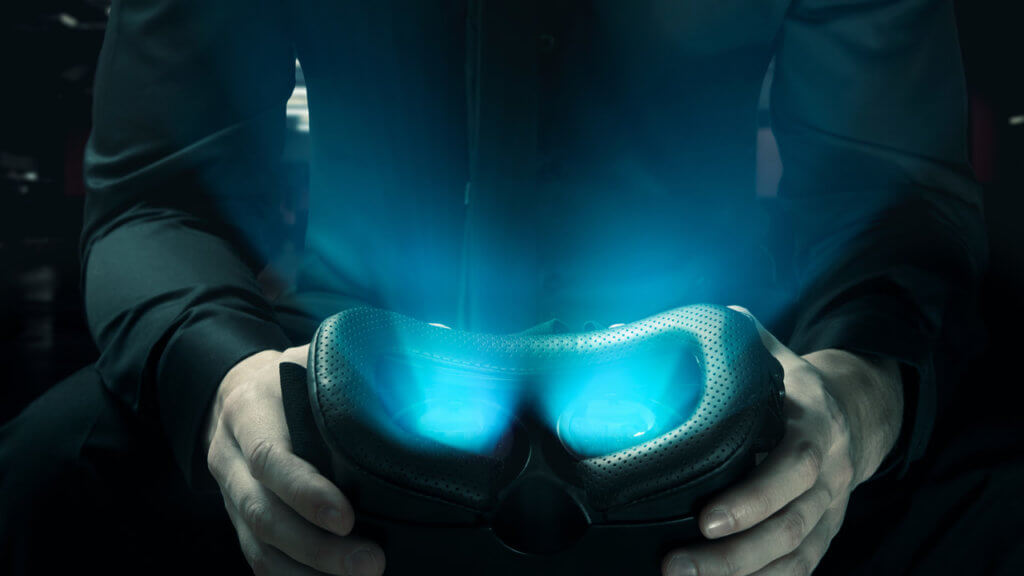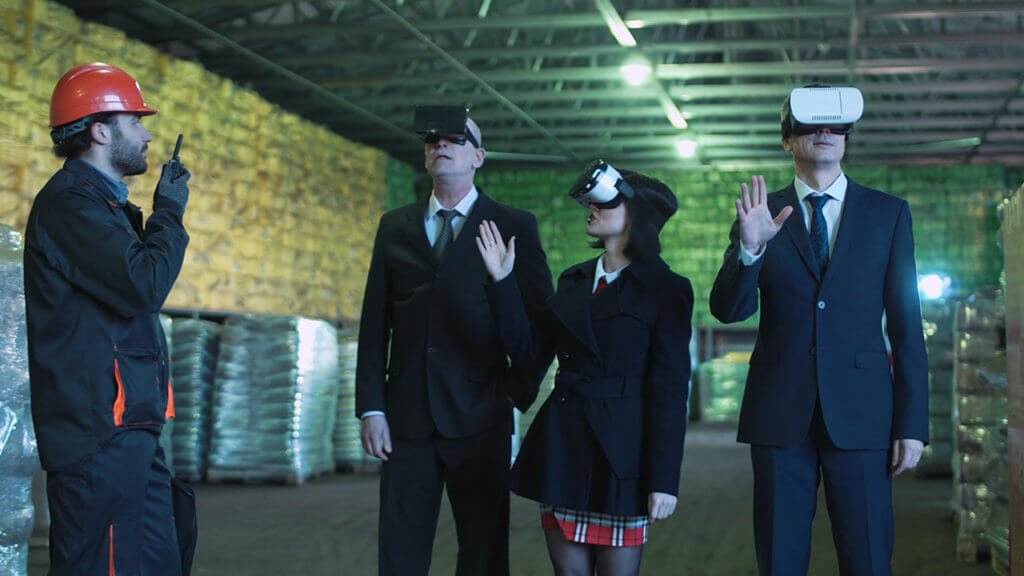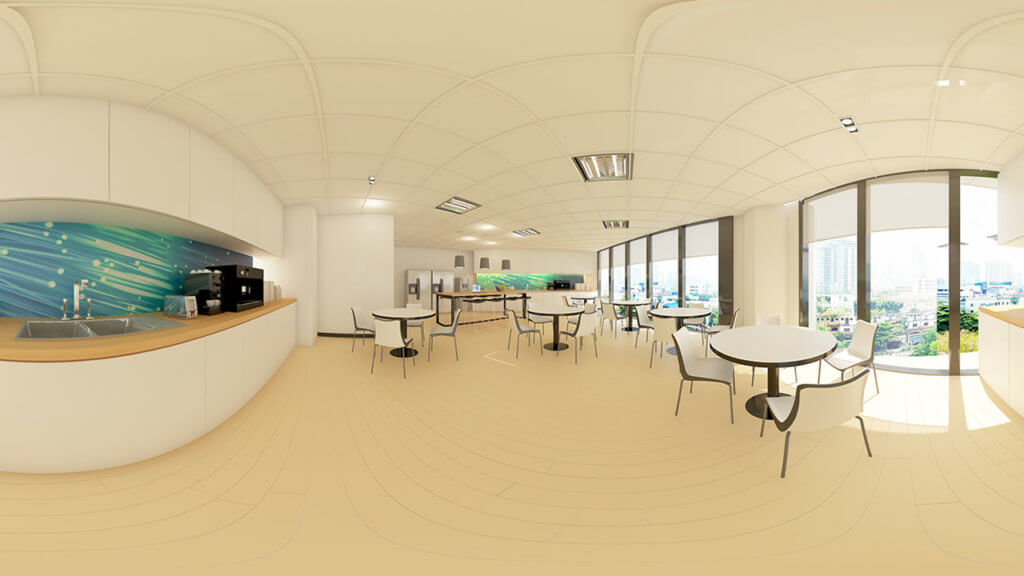AR & VR for Business: The Hype machine – PART 1

Match the right technology for the right solution
Everywhere you look online these days, you will likely run across an article promoting some new augmented or virtual reality technology or headset, with some associated hype touting the next big thing in AR and VR for business (XR). You will also see many promises of “magic button solutions” where only the end result is shown, touting how easy it was to integrate a massive solution using VR/AR technology. I promise you, as of yet, there is no magic button to make these solutions come to life. It takes a great team who understands not just the technology, but business as well. An understanding of engineering, manufacturing, procurement, sales, marketing, and how all divisions of a company are integrated together from a technology standpoint.

Creating video games for VR is one thing, the audience is young, accepting and it’s all about entertainment. Younger users are also more tolerant to wearing the technology for much larger periods of time. However, when it comes to using these current technologies such as AR, MR and VR for business, there are many factors you must take into consideration when choosing the correct technology to suit the business problem you are trying to solve. Let’s take a look at some examples.
VR for Business
VR (Virtual Reality) is probably the most widely used term you’ll hear these days. Although VR has been around for decades, the latest hype was originally fueled by Facebook’s acquisition of Oculus back in 2014. With Oculus being one of the pioneers of affordable VR, the massive acquisition vaulted the term VR to became much more of a consumer mainstream buzz word. So much so, there is a good chance our grandmothers have now heard of the term “VR”. This of course, is fantastic news. With wider-spread adoption of the technology, businesses are also looking into ways to leverage VR to enhance their product offering, or to educate and train their employees and customers.
VR is a great choice for environmental solutions such as space planning, retrofit testing and architecture. VR tends to have a much larger field of view (FOV) than current AR/MR headsets such as the Microsoft Hololens and Magic Leap One (more on those devices in Part 2). This adds to the effectiveness and believably of being in an entirely new environment. The cost of VR hardware tends to be quite low, ranging from $100 to $1000 depending on the application. However, most VR solutions (other than using a mobile device in the headset) require a moderately powerful graphics workstation to run the application. Expect the cost of admission to be between $3000-$5000 per device once all hardware is factored in.

However, Virtual Reality is not the solution for everything. It is best suited when requiring the user to be inside of an entirely new environment. Once the VR headset is put on, you tend to lose contact with your customer, who are now focusing on this entirely new environment, and gathering their bearings. This is something to keep in mind from a communications perspective. Communication should be built into the application to assist the user as much as possible. Also, even with improvements in technology, 10% or more of people can experience some sort of disorientation or motion sickness like symptoms with VR.
Finally, when creating the experience, we need to focus on developing the actual environment itself. There are plenty of models available online that can be used from a generic standpoint but if we need to create a specific environment to suit your business, it must be created. This requires model creation, in some cases audio, artwork to create and apply materials and textures, and more. This will add to not just the time required for development, but potentially the cost as well. However, if the solution requires environmental communication, the benefits far outweigh the costs!
In part 2, we will focus on AR and MR solutions and what’s involved in creating an interactive solution for your business. As always, if you are interested in discussing potential solutions that we offer, don’t hesitate to contact us!
